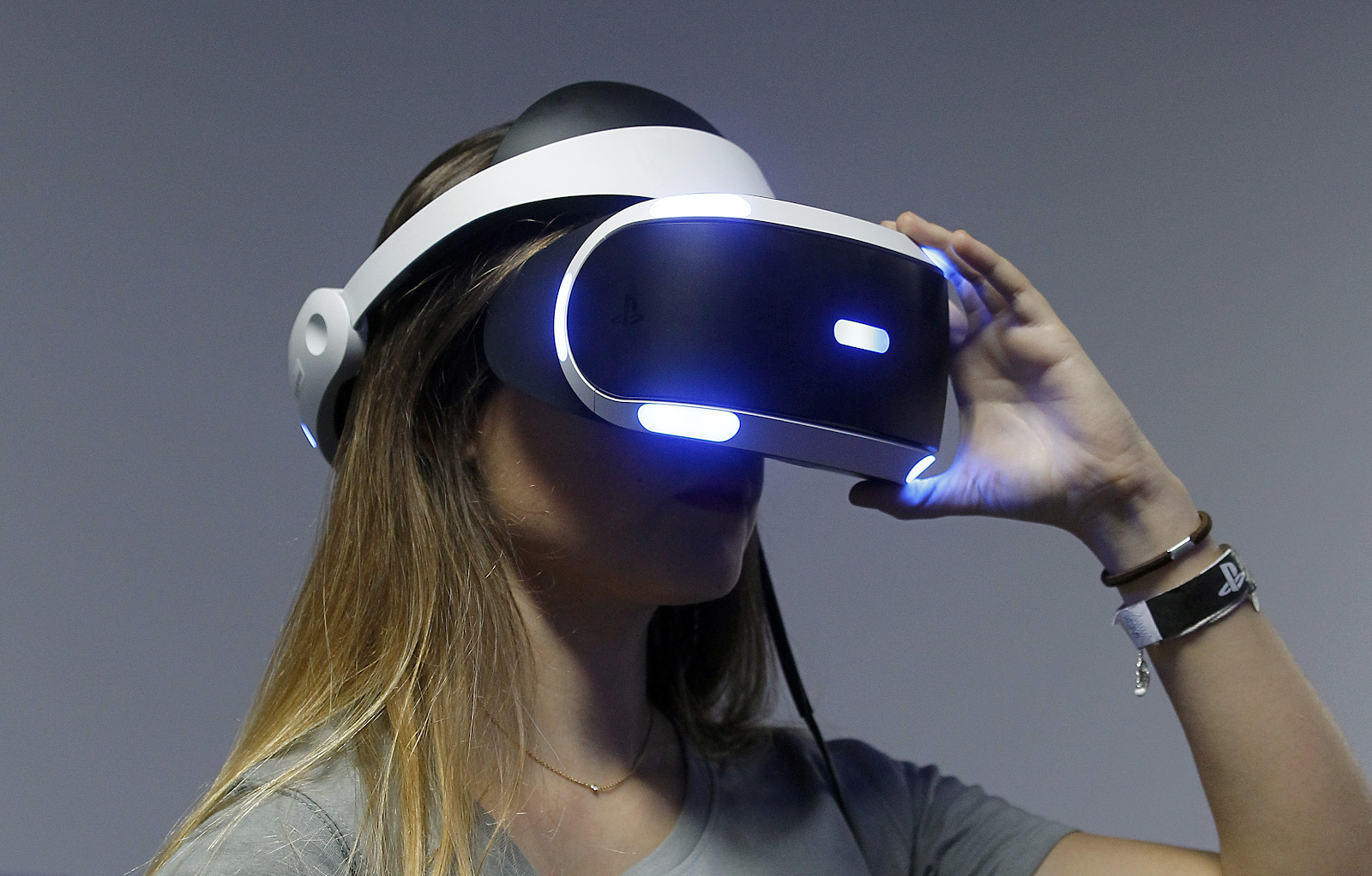Making Virtual Reality a Reality in Today’s Classrooms
by Leonard Lee-Ralph Lim Yue Tai, Chou Bi Yu, Loh Jun Kai
13 Jul 2018
A picture may be worth a thousand words, but virtual reality (VR) could be taking that a step further in the classroom if a government pilot project takes off.

Exploring the World within the Classroom Walls
A few years ago, Virtual reality applied into education might’ve been far fetched. But now with great technology advances, THIS may be a reality. On May 18, a class of Primary 4 pupils from West Spring Primary School had the opportunity to visit an offshore fish farm, a dairy farm and the National Gallery right from their classroom thanks to VR. The pupils were whisked away virtually to various locations in Singapore without moving from their seats in under an hour, by donning VR headsets which displayed a 360-degree VR video. The clip allowed the pupils to look around in all directions as if they were physically there, with educational facts being taught by a virtual guide. This saved tons of hassle and the main purpose of the field trip would still be fulfilled.
If VR is implemented into our education fully, there would be some pros and cons to consider:
Pros
- This fun gadget may encourage better answers from students for those worksheets as the thought of VR excites them (mentioned in the article on top). This would help to obtain more constructive answers in their reflections for further improvements in the future.
- This would save all the hassle. E.g. arrangement of transportation, tours e.t.c) This way the school could arrange more ‘field trips’ as there would be less effort needed to arrange it.
- They could explore more without the worry of their safety. Since its VR, the possibilities are endless which could expose the children to more stuff. As they would not be there in actual fact, it is 100% safe!
- There would be a 360 degrees view of the area which makes it seem realistic and may even let them experience first-hand exploring an area that no longer exists.
Cons
- It may be bad for eyes as the gadget is kept at close proximity to our eyes. Nowadays, there has been a rise in the number of children wearing glasses. VR would only serve to worsen it.
- It will not be as hands-on activity as they would not be able to feel and touch the place using VR.
- The cost of VR is expensive as it is still at the starting process of development. Schools who do not have enough funds would not be able to afford VR
- It may cause children to be more antisocial they would interact less with their classmates as they may not be communicating with each other while they’re using VR.
Realistic Virtual Reality
So how can virtual reality be infused realistically in the classrooms?
- Students can bring their own phones while the school supplies the headsets. The headests could also be shared across the school, housed in a cart.
- Teachers can find support from administrators as tech support in their classrooms Everyone can ensure that virtual experiences heighten engagement and support academics.
In the future…
Current uses and resources for VR focus on individual experiences with limited interactivity such as virtual field trips and guided tours as mentioned. While sensory immersion can be powerful, these uses do not capitalize on the power of the medium. The next steps in immersive VR in the classroom should leverage the ability for students to explore spatial relationships such as architectural designs and chemical structures, to involve learners to collaborate and to enable students to integrate different types of data (graphs, charts and 3D models) in meaningful ways. Immersive VR has the potential to change how students engage with these topics, and large scale implementation of immersive VR could capitalize on how this medium can push the boundaries of learning in new dimensions.